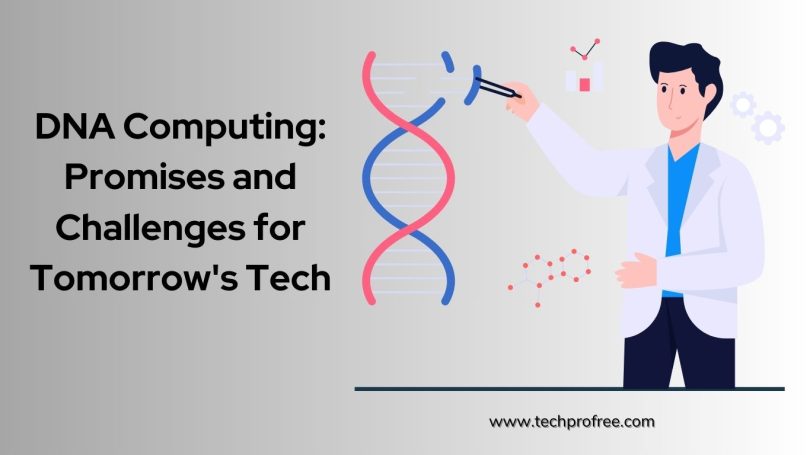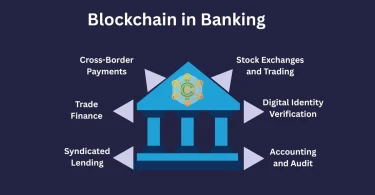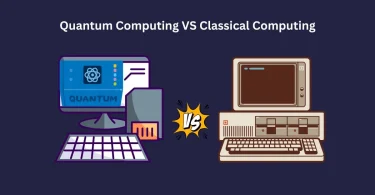DNA computing is making waves in the fascinating world of technology, and with good reason. Imagine having access to extremely powerful computers that are also affordable. Utilizing the same components that make up all living things, DNA computing delivers that promise.
In this article, we’ll discuss the advantages and disadvantages of DNA computing, why it’s important for the future of technology and how it’s just getting started yet already has the potential to achieve amazing things.
DNA Computing: Advantages for Tomorrow’s Technology.
You might be wondering why we should think about using DNA for computers in the future. There are a few convincing reasons behind this question, those are mentioned below…
- Affordability and Cost-Effectiveness:
DNA computing has the potential to be inexpensive and highly affordable, especially when implemented on a large scale. This is one of its main advantages. It’s important to remember that DNA is a common resource that may be found in all living things, providing a huge pool of possible applications. While artificially created DNA is used in DNA computing rather than human DNA, the production method is now the biggest obstacle. Economical DNA synthesis for computing may become feasible once economies of scale step in.
- Production Ease:
DNA synthesis is a process that occurs naturally. In order to manufacture DNA, it is necessary to take advantage of DNA’s innate propensity for replication in an artificial environment.
- Scalability Beyond Imagination:
DNA has a genuinely astounding amount of storage capacity. Amazingly, 455 Exabyte’s of data are thought to be stored in DNA, according to researchers. One Exabyte, or one billion gigabytes, is equivalent to eight quintillion bytes. You can fit every movie ever made into a volume smaller than a sugar cube when data is formatted in DNA, this is strangely amazing.
- Boosted Parallel Computing:
DNA is able to carry out an infinite number of calculations simultaneously. The potential of DNA computing is almost infinite, in contrast to classical computing, which has a limit on the number of parallel computations that it can handle. This feature makes it extremely quick and powerful, particularly for applications like machine learning.
Challenges and Limitations of DNA Computing in Today’s Tech Landscape:
- Current Capital Research Cost Constraints:
Right now, DNA computing costs need to go down significantly before you can imagine having a personal DNA computer that can store every bit of the internet. For instance, it currently costs a startling $1 million to store and encode just one megabyte of data. A personal DNA computer may never be feasible in reality at this cost. Instead of ultra-powerful gadgets in our pockets, the future of computing appears to be heading towards extremely efficient cloud-based services. Instead of replacing our personal devices, DNA computers are more likely to manage enormous calculations and tremendous amounts of data storage.
- Performance of Simple Functions is Slower:
DNA computers might be less effective than silicon-based computers when it comes to simple, sequential activities, despite their superiority in complicated tasks requiring several simultaneous operations.
- Data security is a fascinating topic where DNA computing might completely alter the scene. DNA-based encryption may sound like the subject of a low-budget science fiction movie, but the idea actually exists or will exist.
Why DNA Computing is Essential to the Future of Technology?
DNA computing provides the promise of low-cost, unlimited data storage as well as an exponential increase in processing speed and power. Despite this, there are still several problems, particularly with regard to the price of making DNA. However, we’ve beyond the proof-of-concept stage, and substantial investments are being made to develop functional and commercial DNA cryptography solutions for the cloud and network security.
Unlocking the Future: Emerging Potential of DNA Computing.
DNA computing is a new field that is still in its early stages, with applications that are progressively becoming evident. DNA computing may collaborate with living cells to develop advanced detecting technologies for medical equipment. With the popularity of flexible molecular algorithms comes the intriguing prospect of building complex nanoscale structures out of reprogrammable molecular tiles. Although the idea of solving problems beyond the capabilities of conventional computers seems exceedingly improbable in the near future, it opens up new potential for applications we cannot even imagine.
Summary:
In summary, DNA computing stands as a promising frontier in technology, offering both affordability and potent computational abilities. It leverages the fundamental elements of life itself, opening doors to unprecedented opportunities. DNA’s capacity for lightning-fast parallel processing, especially in domains like machine learning, holds immense potential.
Nonetheless, challenges persist, especially the current high costs and comparatively slower performance in certain simple tasks. DNA computing remains pivotal in shaping technology’s future. Substantial investments are driving innovation, as DNA melds with technology, promising exciting prospects. As we unlock DNA computing’s potential, the future beckons with untold possibilities, from advanced medical devices to unimaginable nanoscale creations. DNA computing embarks on a journey and its horizons are bounded only by human imagination and scientific discovery.




Leave a Comment